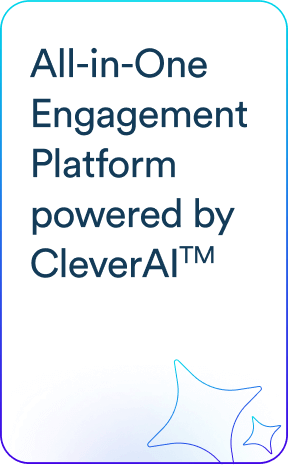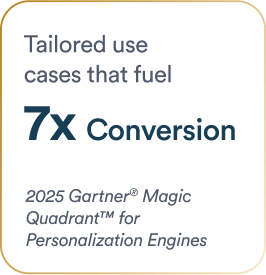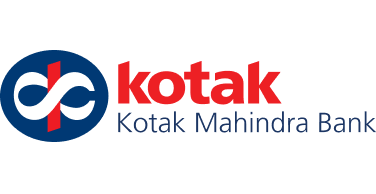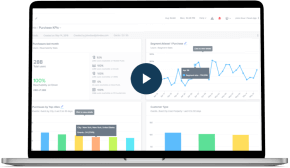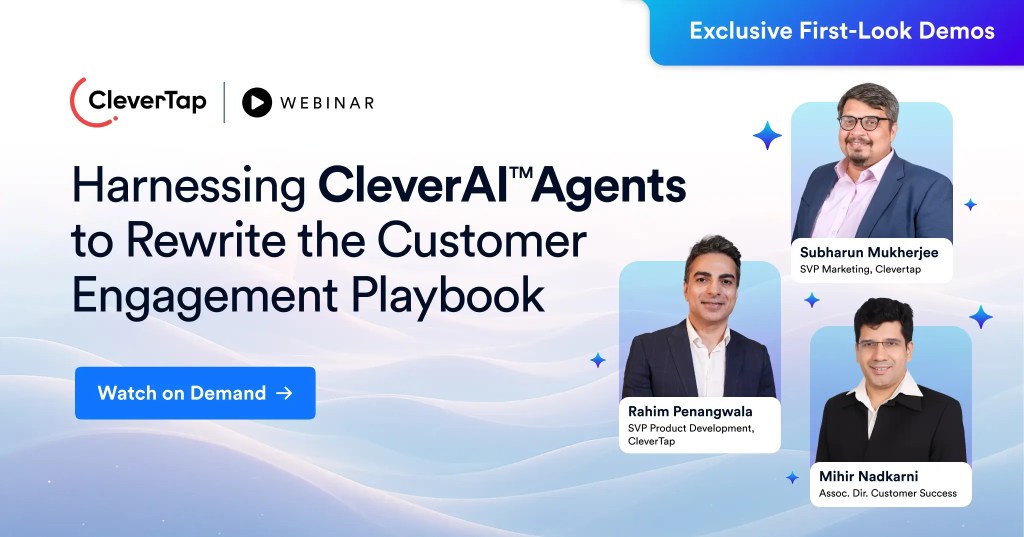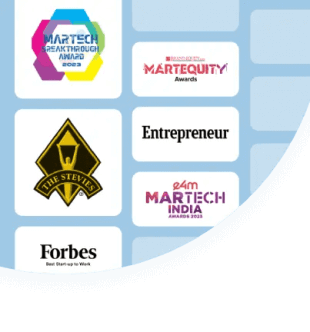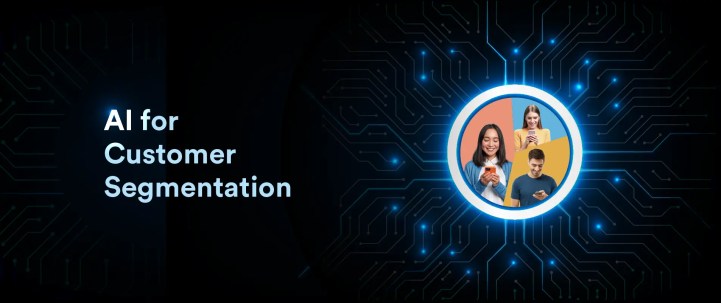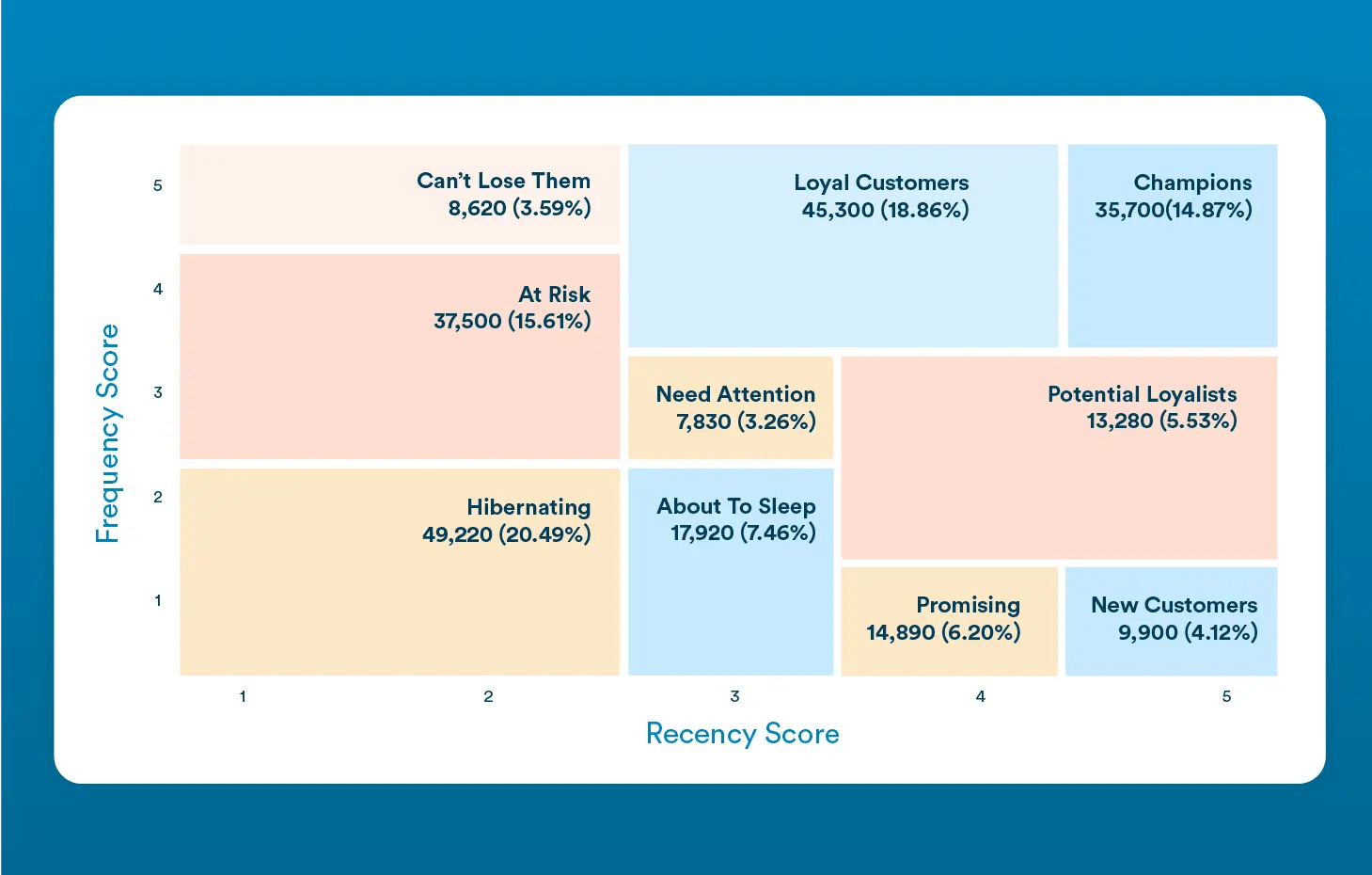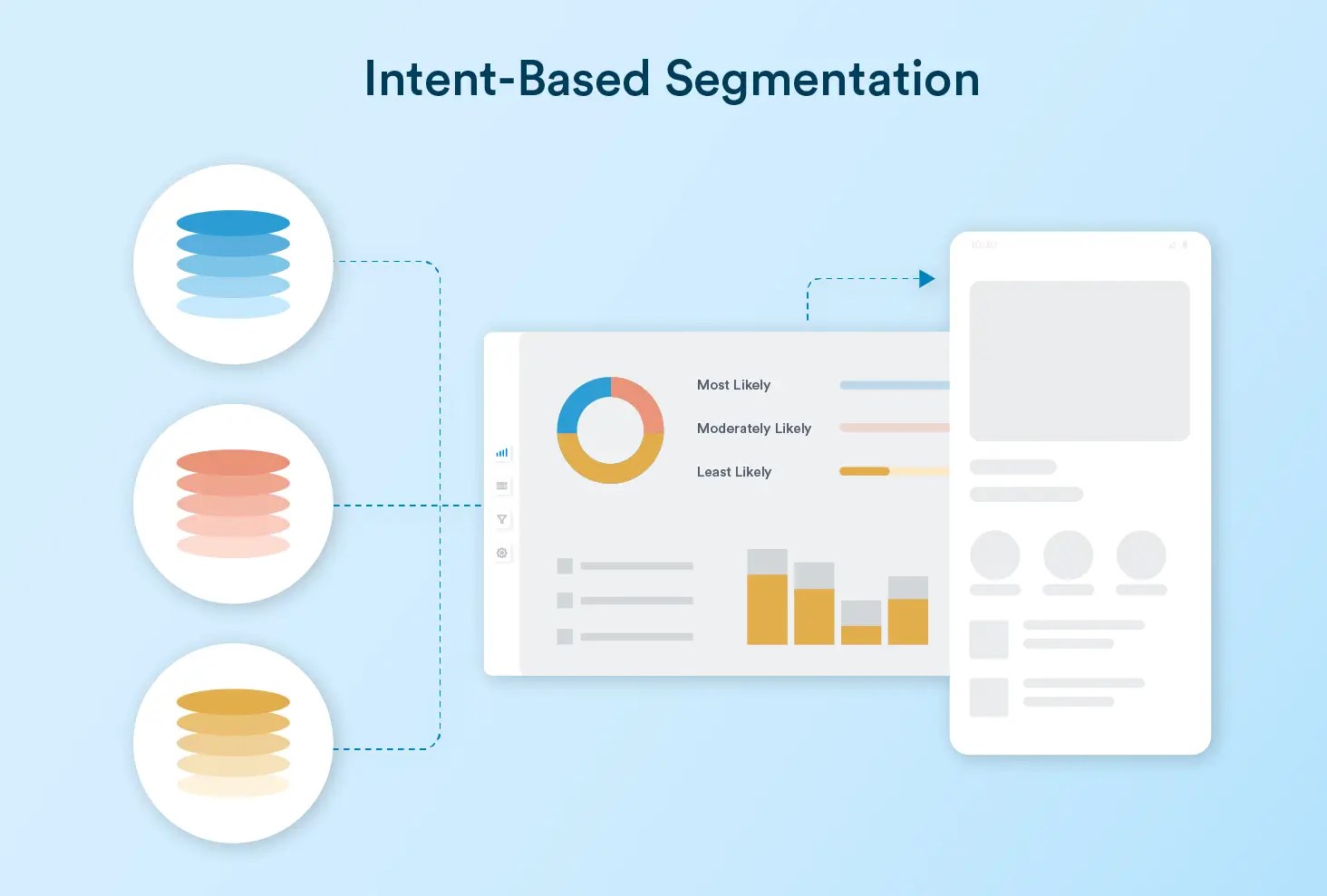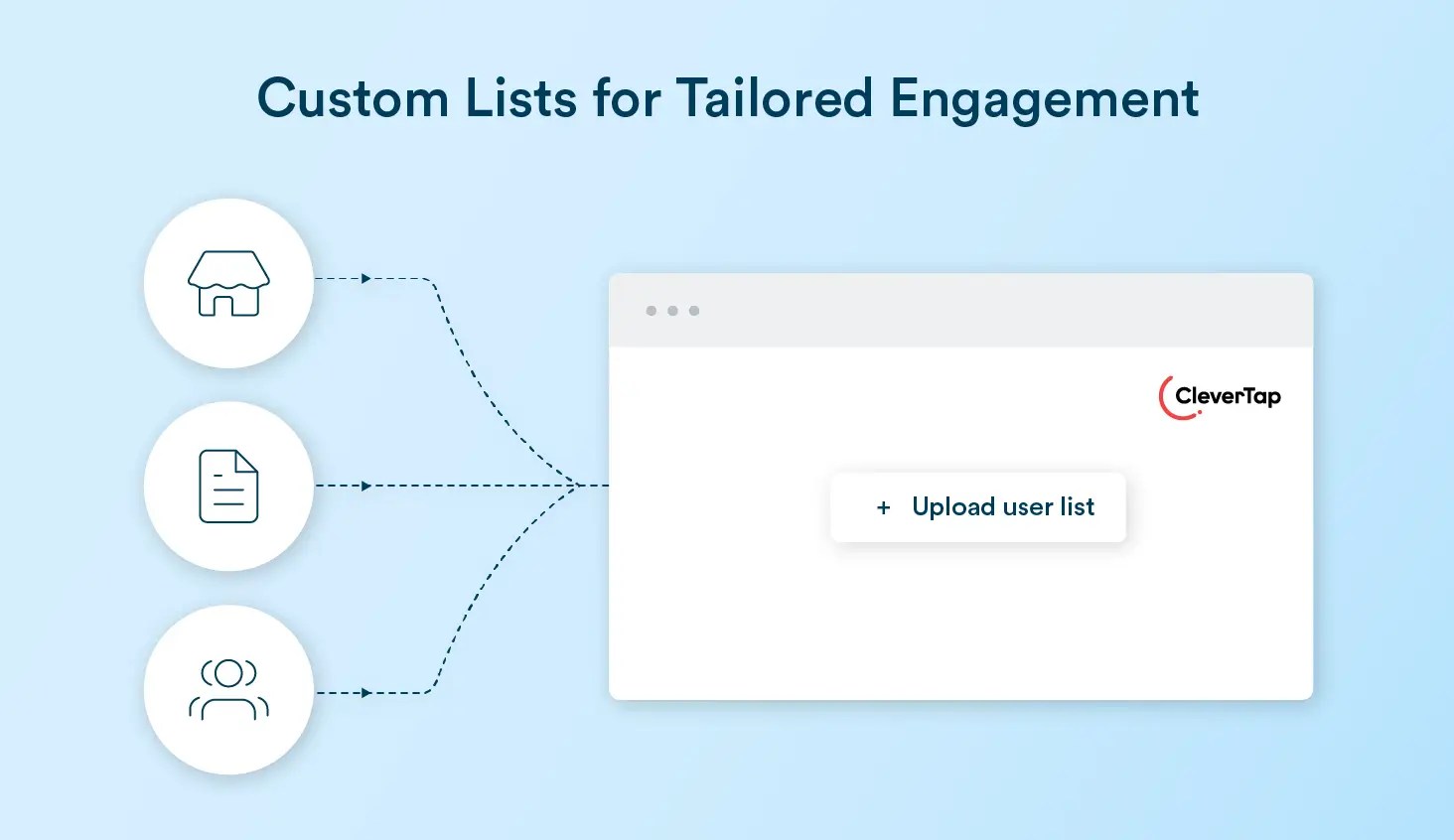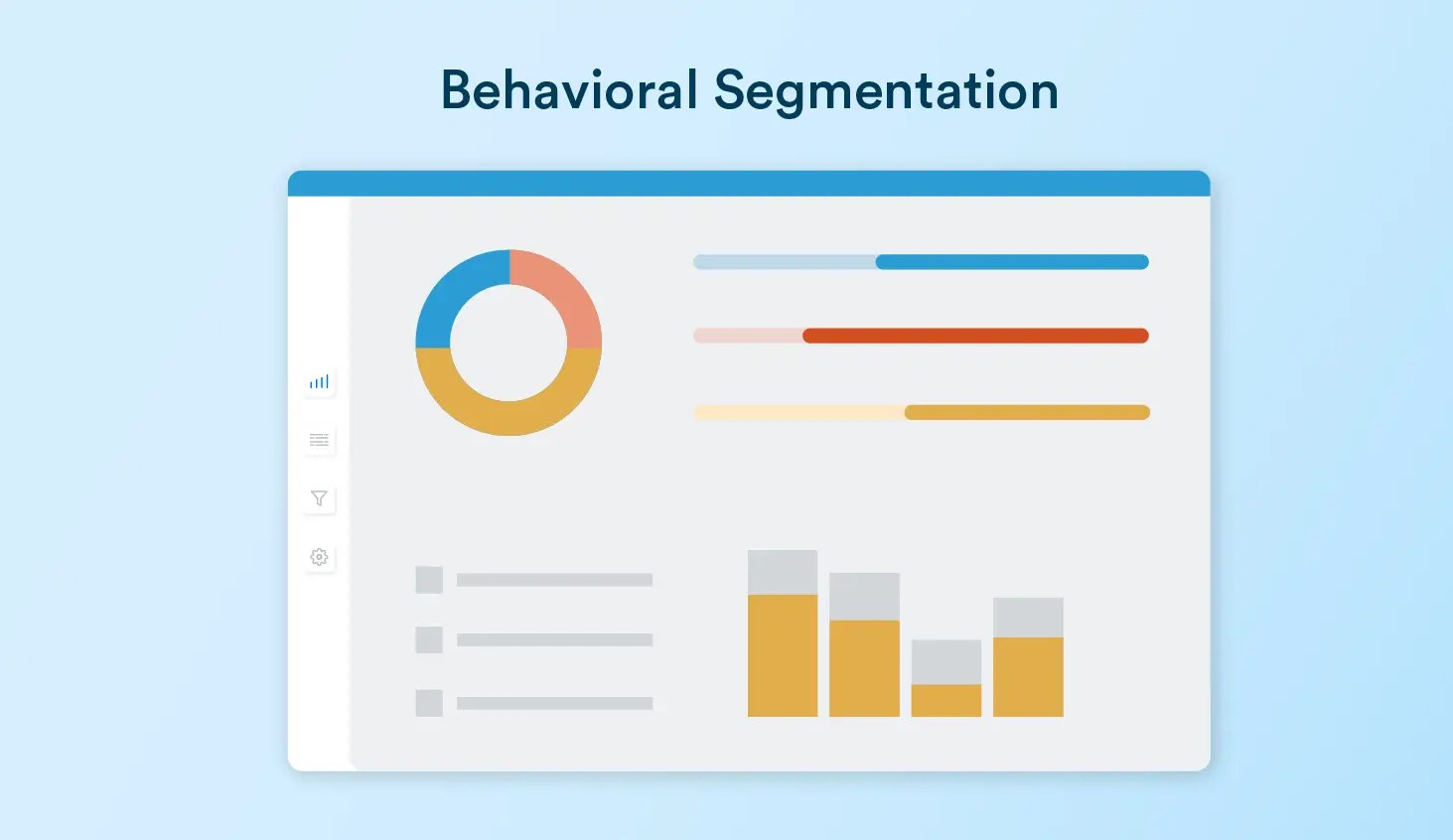Achieve one-to-one marketing at scale with AI-powered customer segmentation. Discover how it outperforms traditional segmentation and enables precise targeting that boosts engagement, enhances personalization, and drives ROI.
In 1956, a revolutionary concept changed the way companies marketed their products: Customer Segmentation. Early segmentation grouped customers based on broad categories like age, gender, and income, providing businesses with a framework for tailoring their strategies.
Fast forward to 2025, and customer behavior has evolved dramatically, driven by rapid advancements in technology. The explosion of consumer data—from online interactions to evolving preferences—has made traditional segmentation methods obsolete. Outdated categories like demographics fail to capture the complexities of modern audiences. In fact, as technology advances, a recent survey shows 73% of customers expect a personalized experience. Manual segmentation methods simply don’t work if you want to understand and engage with your customers effectively.
This is where AI for customer segmentation steps in. By processing and analyzing massive datasets in real-time, AI customer segmentation provides marketers with the ability to uncover deeper insights, create dynamic AI customer segments, and craft hyper-personalized campaigns that resonate with today’s consumers.
In this article, we’ll explore how AI-based customer segmentation can revolutionize customer segmentation, empowering marketers to navigate the complexities of modern data and deliver targeted, impactful strategies.
Why Traditional Customer Segmentation Is Not Enough
The core assumption of traditional customer segmentation is that people within the same group—defined by demographics like age, income, or geography—share similar behaviors and preferences. While this approach once guided marketing strategies, it relied on broad, static categories to predict behavior—an idea that no longer holds true.
Consider this: even two people in the same household, exposed to the same environment, can have completely different buying journeys. One may rely on Instagram ads for recommendations, while the other turns to online reviews and forums. These nuances are invisible to traditional segmentation methods.
What’s changed? Technology and access to information have transformed how customers engage with brands. Today’s consumers leave digital footprints across platforms, expect personalized experiences, and behave in ways that defy simple categorization. Groups like “18-35-year-olds” or “suburban families” no longer capture the complexity of modern audiences.
To keep up, marketers must move beyond static segmentation to dynamic, AI-powered segmentation that accounts for individual behaviors and preferences in real time. This evolution requires tools capable of analyzing vast datasets and uncovering actionable patterns—enabling customer segmentation using AI at an entirely new level.
Benefits of AI Customer Segmentation
AI provides marketers with actionable intelligence, revolutionizing how customer segmentation is approached with precision, efficiency, dynamism, and predictive power. Unlike traditional methods, AI enables marketers to harness vast amounts of data and transform it into highly targeted, effective marketing strategies. Here’s how AI-based customer segmentation delivers unparalleled benefits:
1. Advanced Data Processing
AI can process vast amounts of structured and unstructured data to uncover insights that would otherwise go unnoticed. It detects sentiment in customer reviews, identifies emerging trends, and provides deeper intelligence about audience behavior. This ability to analyze data with precision helps marketers make decisions backed by insights, not assumptions.
2. Real-Time Segmentation
With AI, segmentation is no longer static. Real-time segmentation ensures that customer groups reflect the most current data, such as browsing activity, recent purchases, or updated preferences. This enables marketers to adjust their strategies on the fly, quickly adapting to changes in customer behavior and delivering relevant campaigns that drive engagement.
3. Predictive Analysis and Behavioral Modeling
AI uses both historical and real-time data to identify patterns and anticipate future customer actions, such as purchases, churn, or product preferences. This process, known as predictive analysis, enables marketers to engage customers proactively with well-timed, relevant offers.
Behavioral modeling enhances this by building profiles based on factors like purchase frequency, preferred channels, and browsing habits. These models provide deeper insights into customer behavior, helping marketers craft targeted campaigns and optimize engagement strategies.
Together, predictive analysis and behavioral modeling allow businesses to understand and act on customer needs with precision and timeliness.
4. Personalization at Scale
AI enables marketers to achieve a level of precision previously unimaginable in segmentation. By creating highly specific micro-segments based on detailed behavioral and demographic data, marketers can craft hyper-personalized campaigns that resonate with individual customers. For example, AI can target a group of users who abandoned carts within a specific timeframe and tailor messaging that aligns with their preferences—all at scale.
5. Automated Decision-Making
AI automates labor-intensive tasks like segment creation, targeting, and campaign optimization. For example, AI can identify the most effective offers for specific segments or prioritize high-value customer groups, saving time and reducing guesswork. This frees marketers to focus on strategy and creativity while the system handles repetitive decisions.
6. Enhanced Customer Profiles
AI integrates data from multiple sources—social media, browsing behavior, transaction history, and more—to build a holistic view of each customer. These enhanced profiles provide a deeper understanding of customer preferences, helping marketers engage with precision and relevance, whether through personalized email campaigns, tailored product recommendations, or timely offers.
7. Improved ROI Tracking
AI not only helps marketers measure campaign performance more effectively but also identifies the most valuable customer segments for future investment. By recognizing which groups respond best to certain strategies, marketers can allocate their budgets more effectively, maximize ROI, and eliminate wasted spending on less relevant audiences.
Steps to Implement AI-Based Customer Segmentation
Implementing AI-driven customer segmentation may seem daunting, but breaking it into clear, actionable steps can help marketers streamline the process. Here’s how to get started:
1. Define Segmentation Goals
Before diving into AI tools, start by clarifying your objectives. Ask yourself:
- What do I hope to achieve with segmentation? (e.g., increasing ROI, improving personalization, or reducing churn)
- Which customer behaviors or attributes matter most to my business?
- How will I measure success?
Clear goals will guide your AI strategy, ensuring that the insights generated align with your business priorities.
2. Collect and Prepare Relevant Data
AI thrives on high-quality data. Collect data from various touchpoints, such as website analytics, CRM systems, social media, and purchase histories.
- Clean the data: Remove duplicates, fill in gaps, and ensure data accuracy.
- Organize the data: Structure it in a way that’s compatible with AI tools, grouping it by behaviors, demographics, or interactions.
- Focus on both historical data for patterns and real-time data for up-to-date insights.
3. Choose the Right Machine Learning Model
The effectiveness of AI segmentation depends on selecting the right ML model for your needs. Here are some common approaches:
- Clustering models (e.g., K-Means, DBSCAN): Group customers based on shared characteristics or behaviors.
- Classification models: Assign customers to pre-defined segments (e.g., high-value vs. low-value).
- Predictive models: Forecast future behaviors, such as likelihood of purchase or churn.
If you lack in-house expertise, consider tools with pre-built models (e.g., Google Cloud AI, HubSpot, or Clever.AI) that simplify the implementation process.
4. Train and Test the Model
Once you’ve chosen a model, feed it your prepared data and train it to identify patterns. Testing the model is critical to ensure accuracy and relevance:
- Split your data into training and testing datasets to validate the model’s performance.
- Analyze its output to confirm that the segments align with your goals and make logical sense.
Iterate on the model as needed, adjusting parameters or incorporating additional data to improve results.
5. Monitor and Optimize
AI segmentation is not a “set-it-and-forget-it” solution. Continuously monitor how well the model performs and optimize as necessary:
- Track key metrics, such as engagement rates, conversion rates, or ROI, to evaluate success.
- Update the model with new data regularly to ensure it reflects current customer behaviors.
- Experiment with adjustments to improve segmentation outcomes over time.
Build Actionable Customer Segments with Clever.AI
Clever.AI provides marketers with tools to simplify and enhance customer segmentation, making the process more efficient and data-driven. By automating complex analyses and providing real-time insights, Clever.AI enables businesses to engage their audiences more effectively. Here’s a breakdown of its key features and how they benefit marketers:
1. Automated RFM Segmentation
Clever.AI takes the complexity out of traditional RFM analysis (Recency, Frequency, Monetary value) by automating the process.
- What It Does: Automatically analyzes customer data to identify key segments such as high-value customers, loyal users, and those at risk of churn—without requiring manual effort.
- Why It Matters: Instead of marketers sifting through data, Clever.AI generates actionable segments in real-time, saving time and ensuring accuracy. This allows businesses to prioritize high-value users and design re-engagement campaigns effortlessly.

2. Intent-Based Segmentation
Understanding a customer’s intent is critical for driving meaningful engagement, and Clever.AI excels at intent-based segmentation.
- What It Does: Tracks user behaviors to determine where they are in their customer journey—whether they’re exploring, considering, or ready to purchase.
- Why It Matters: By identifying intent, marketers can deliver precise nudges to move users through the funnel efficiently, improving conversions and retention.

3. Custom Lists for Tailored Engagement
Flexibility is at the heart of Clever.AI’s segmentation capabilities with its Custom List feature.
- What It Does: Allows marketers to create unique audience segments based on any criteria, such as app activity, campaign interactions, or demographic data.
- Why It Matters: Custom lists empower businesses to define audiences in ways that align with their specific goals, enabling hyper-targeted campaigns.

4. Behavioral Segmentation
Clever.AI emphasizes behavioral segmentation, enabling marketers to group customers based on actions like clicks, downloads, purchases, or session times.
- What It Does: Tracks and analyzes customer activity to form actionable segments.
- Why It Matters: Behavioral segmentation ensures that campaigns reflect real customer actions, making engagement more relevant and impactful.

5. Real-Time and Dynamic Updates
Customer behaviors are constantly changing, and Clever.AI ensures that your segments stay updated.
- What It Does: Automatically refreshes segments in real-time, incorporating the latest customer data.
- Why It Matters: This enables marketers to adapt strategies on the fly and engage customers with up-to-the-minute relevance.

6. Enhanced Scalability
Whether you’re managing a small business or an enterprise, Clever.AI’s segmentation tools scale to meet your needs.
- What It Does: Offers pre-built segmentation models for easy implementation, while allowing flexibility for customization.
- Why It Matters: Scalable solutions ensure that businesses of any size can benefit from advanced segmentation without overwhelming their resources.
7. Seamless Integration and Ease of Use
Clever.AI integrates effortlessly with other marketing platforms, making it easy to act on segmentation insights.
- What It Does: Syncs data and insights across your tech stack, enabling seamless campaign execution.
- Why It Matters: Its user-friendly interface ensures that even marketers without technical expertise can leverage advanced customer segmentation tools.
Real-World Applications of AI Customer Segmentation
AI for customer segmentation offers versatile use cases that empower marketers to understand their audiences and create impactful strategies. Here are some of the most common applications of AI for customer segmentation:
1. Predicting Customer Churn
One of the most powerful applications of AI for customer segmentation is its ability to predict customer churn. By analyzing behavioral patterns such as reduced engagement, declining purchase frequency, or negative sentiment in feedback, AI identifies customers who are at risk of leaving. This allows marketers to act proactively by launching re-engagement campaigns, offering special incentives, or addressing dissatisfaction before it leads to churn.
2. Assessing Customer Lifetime Value
AI helps businesses calculate Customer Lifetime Value (CLV) with precision by analyzing historical data, transactional behaviors, and predicted future actions. This allows marketers to segment high-value customers and allocate resources toward nurturing these relationships. For example, AI can highlight which customers are likely to make repeat purchases and suggest strategies to maximize their long-term profitability.
3. Identifying Loyal Customers and Understanding Their Preferences
AI excels at pinpointing loyal customers by analyzing metrics like purchase frequency, engagement patterns, and advocacy behaviors (e.g., reviews or referrals). Beyond identifying these customers, AI uncovers their preferences, helping businesses tailor campaigns that reward loyalty. For instance, marketers can design exclusive offers or VIP programs that resonate with this valuable segment.
Future Outlook on AI Customer Segmentation
The future of customer segmentation with AI will be shaped by hyper-personalization, deeper integration with automation tools, and a growing emphasis on ethical AI practices. As consumers become increasingly concerned about how their data is used, businesses will need to prioritize transparency and compliance with privacy regulations like GDPR and CCPA. The rise of zero-party data—information that customers intentionally and proactively share, such as preferences or feedback—will play a critical role in building trust while enabling personalization.
Opportunities like improved campaign performance and actionable predictive insights are immense, but challenges remain. Ensuring data quality and respecting privacy without compromising engagement will be key to leveraging AI effectively.
By embracing ethical AI practices and tapping into zero-party data, businesses can create smarter, customer-centric segmentation strategies that drive both trust and results.
Recommended reads for you:
Top 14 Push Notification Platforms to Boost User Engagement
Top 10 Email Marketing Platforms to Boost Your Campaigns
15 Best Customer Engagement Platforms Every Marketer Needs to Know
Top 21 AI Email Marketing Tools to Boost Engagement & Conversions
Shivkumar M 
Head Product Launches, Adoption, & Evangelism.Expert in cross channel marketing strategies & platforms.
Free Customer Engagement Guides
Join our newsletter for actionable tips and proven strategies to grow your business and engage your customers.

